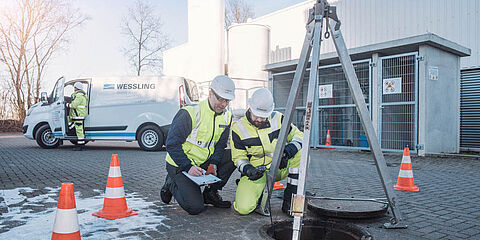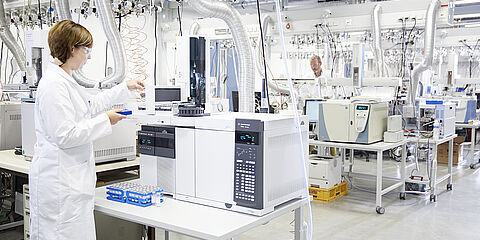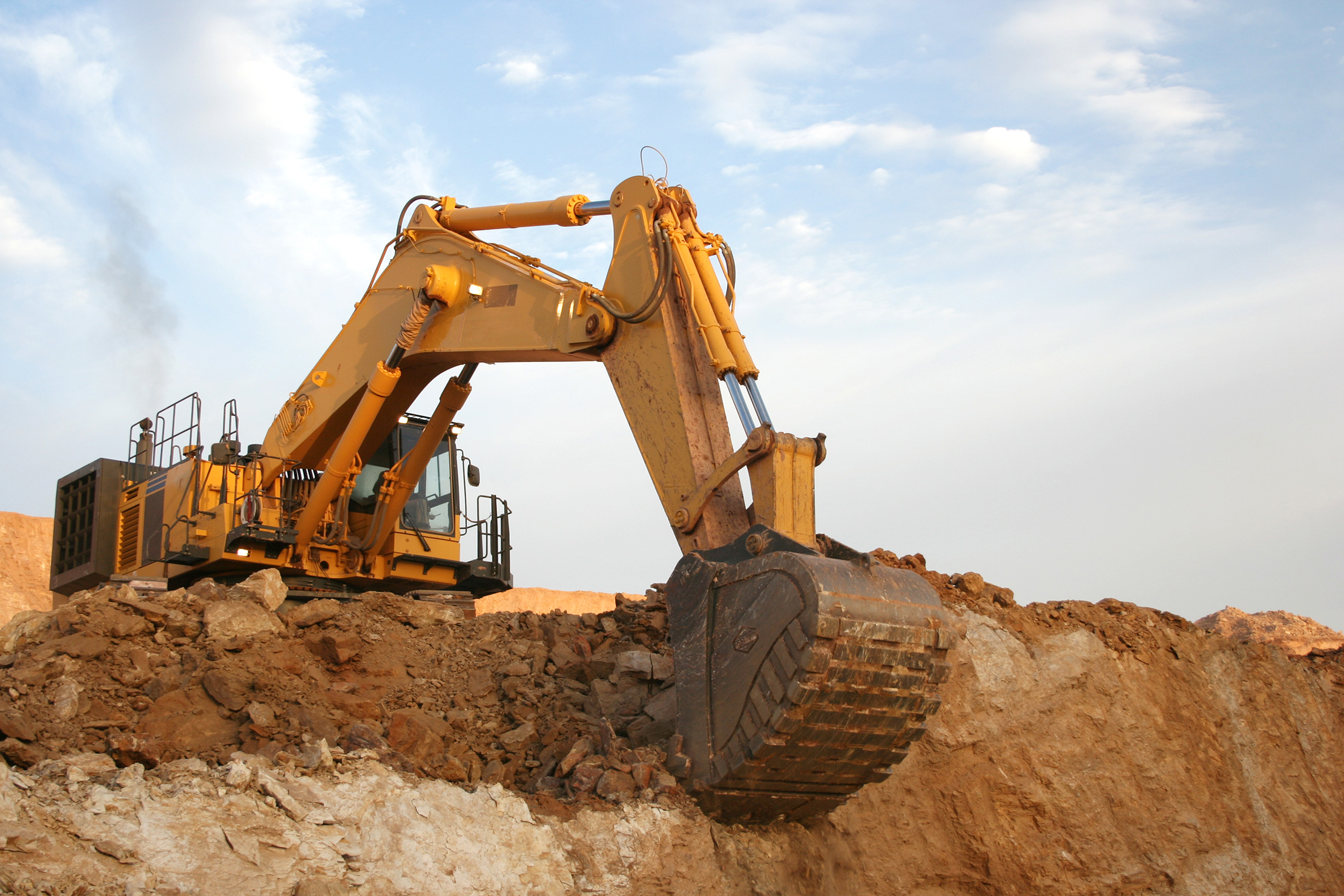Pollutant analysis after fire damage
A fire produces pollutants that can be harmful to human health. The ingestion of pollutants in even the smallest quantities can lead to consequential damage.
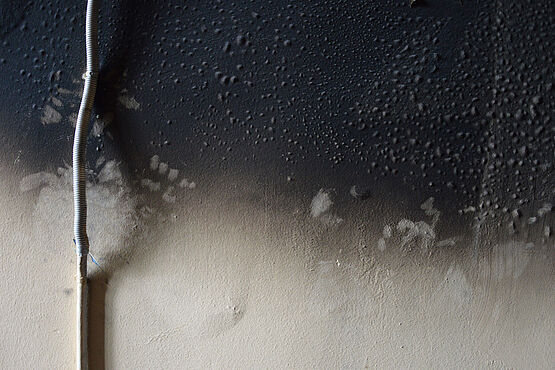
This is why a survey of the contamination and spread of pollutants after fire damage should always be the basis for subsequent remediation. Only when all pollutants (including invisible ones) have been recorded, can the remediation result in residential or industrial premises that do not have a negative impact on health.
Here, the WESSLING experts are your partner in investigating the cause of your fire or fire damage. To this end, we have a wide range of laboratory analyses as well as the necessary expertise for the subsequent evaluation of the analytical results. Thanks to this combination of services, we are your competent partner in all stages of remediation after fire damage.
Fire cause analysis and fire damage analysis
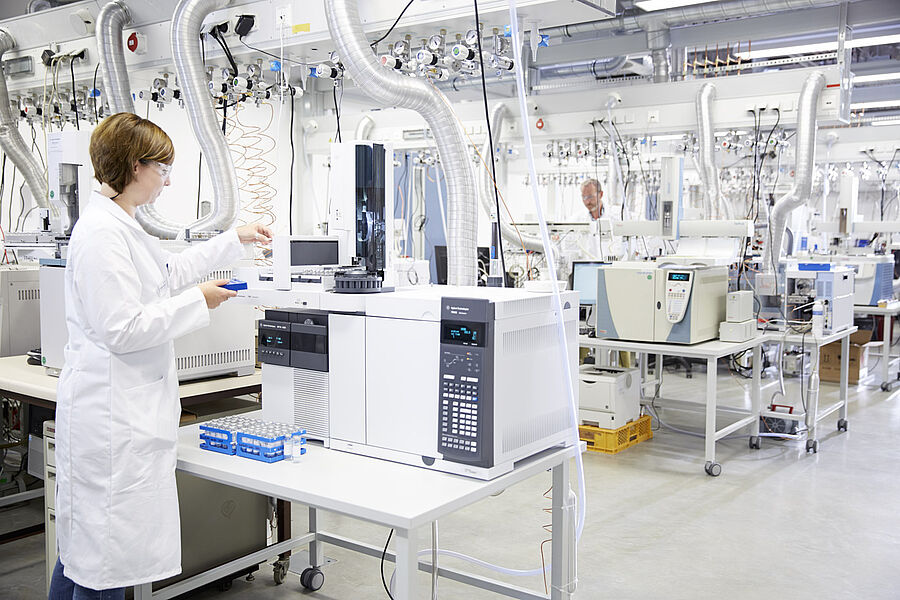
Our range of analytical services:
- Specific analysis concept
- Highly volatile substances - overview analysis by gas chromatography-mass spectrometry
- Fatty acid pattern - overview analysis of a large number of fatty acids
- Polycyclic aromatic hydrocarbons (PAH)
- Polychlorinated dibenzo-p-dioxins and dibenzofurans (PCDD/PCDF)
- Polychlorinated biphenyls (PCB)
- Halogenides (chlorides and bromides)
Our consulting services:
- Development of a customer- and fire case-specific analysis concept: This provides information on the potential spread of fire.
- Reporting: With the final report, our clients receive a detailed assessment of the pollution found.
- Interpretation and evaluation of the results: In addition to the analysis, indications of the origin of the pollutants can also be broken down, if necessary, and thus a possible cause of the fire can be found.
- Preparation of an object-related sampling concept to determine the spread of pollutants and thus the necessary remediation range.
- Asbestos removal: Preparation of deconstruction and remediation concepts for potential asbestos contamination because of fire incidents.
Your contact to our WESSLING experts
- Matthias Mundt
- +49 2505 89-211
- matthias.mundt@wessling-ce.de

Remediation after fire damage
This is why the effects of fire damage should be closely examined
If a fire occurs in a residential building or industrial plant, new chemical compounds are formed due to the high temperatures. In addition to the visible effects, such as fire debris and soot on surfaces, non-visible low-volatile, low-volatile, and other substances remain at the site of the fire and in its surroundings. They deserve special attention, as these chemical substances are often harmful to health and are mainly responsible for health risks. The gases produced by the fire (carbon monoxide, carbon dioxide, nitrous gases, etc.), on the other hand, escape after the fire and are therefore rarely present permanently.
Polycyclic aromatic hydrocarbons (PAH)
For any fire site, it can usually be assumed that polycyclic aromatic hydrocarbons (PAH) are present. In addition to these heavy volatile substances, the light to medium volatile substances are also responsible for the typical fire smell. They can all be analysed in the WESSLING laboratories using gas chromatography coupled mass spectrometry, so that reliable statements can be made about the pollutant load on site.
Dioxins (PCDD/F) and polychlorinated biphenyls (PCB)
At low temperatures below 400°C, the combustion of chlorine-containing materials – including, for example, polyvinyl chloride as found in cables, floor coverings, plastic windows or even vinyl wallpaper – produces highly toxic compounds, such as the so-called dioxins (PCDD/F) or polychlorinated biphenyls (PCB). For this reason, their expert detection and subsequent elimination during remediation requires special care.
